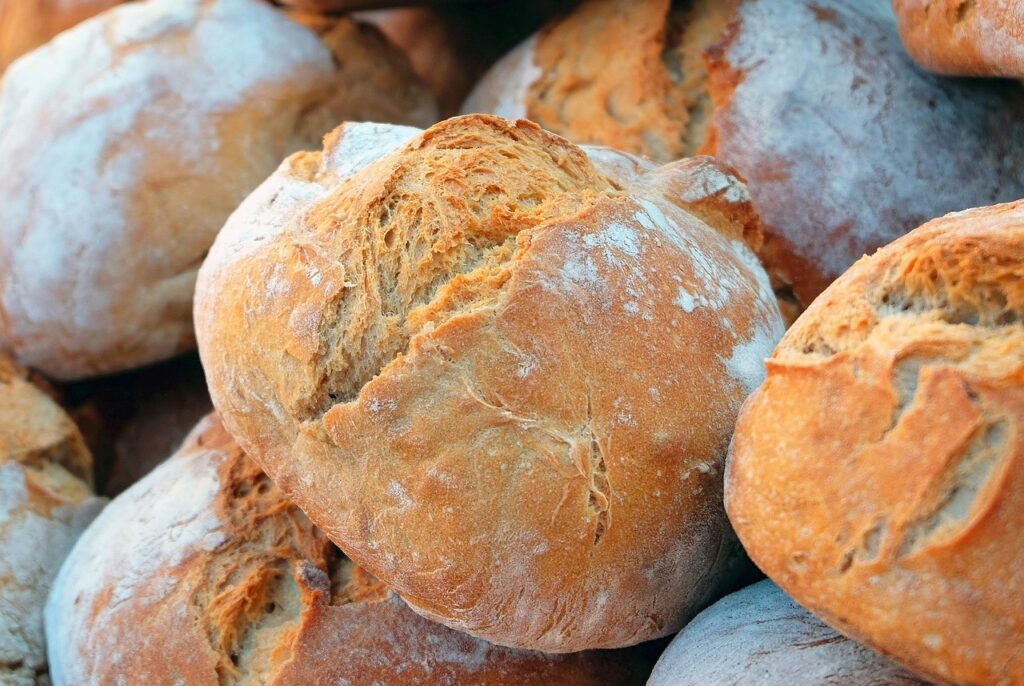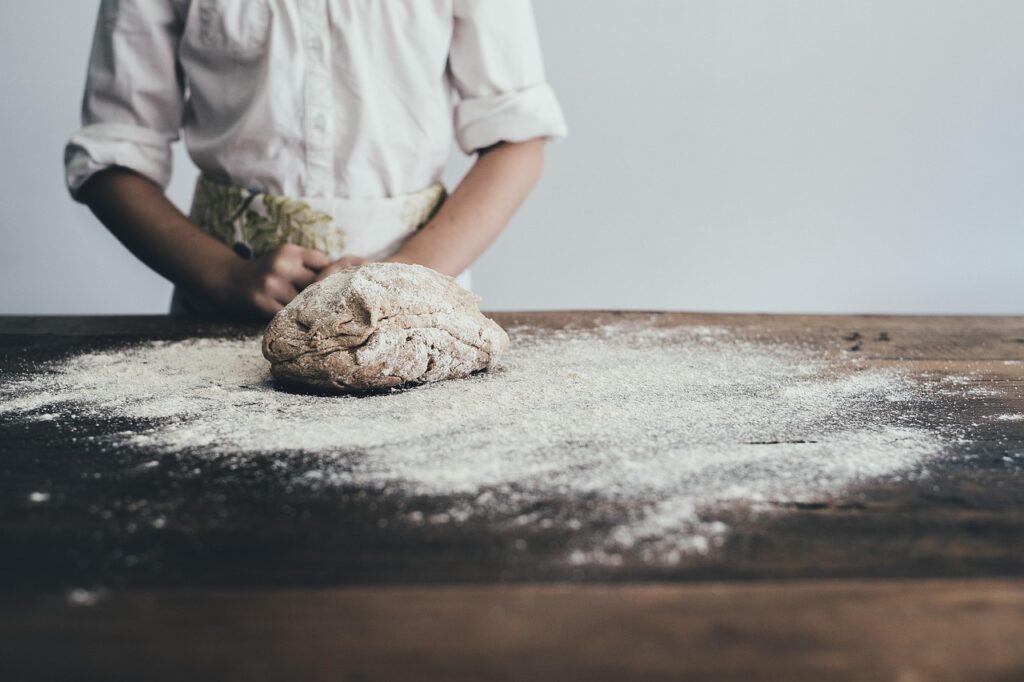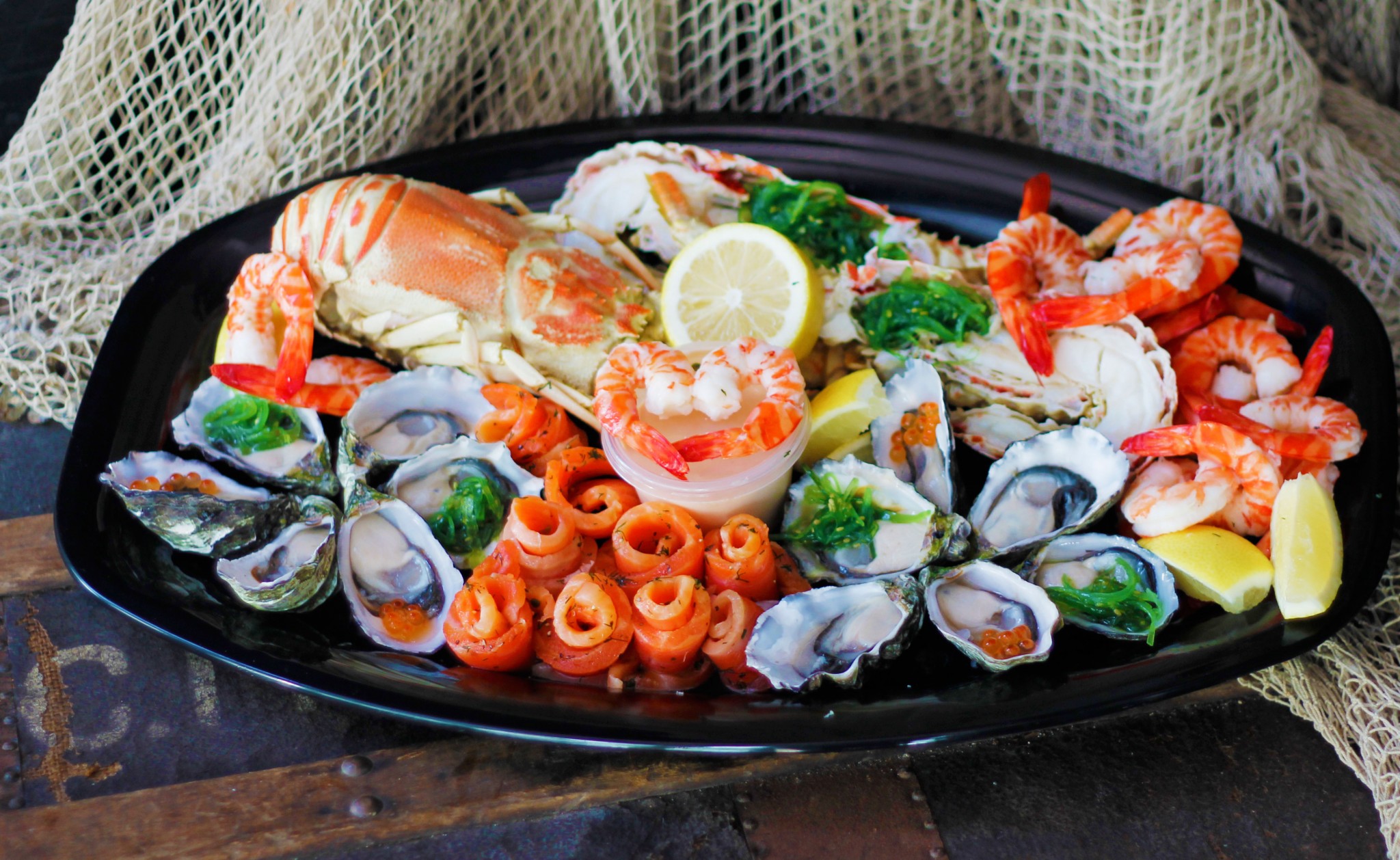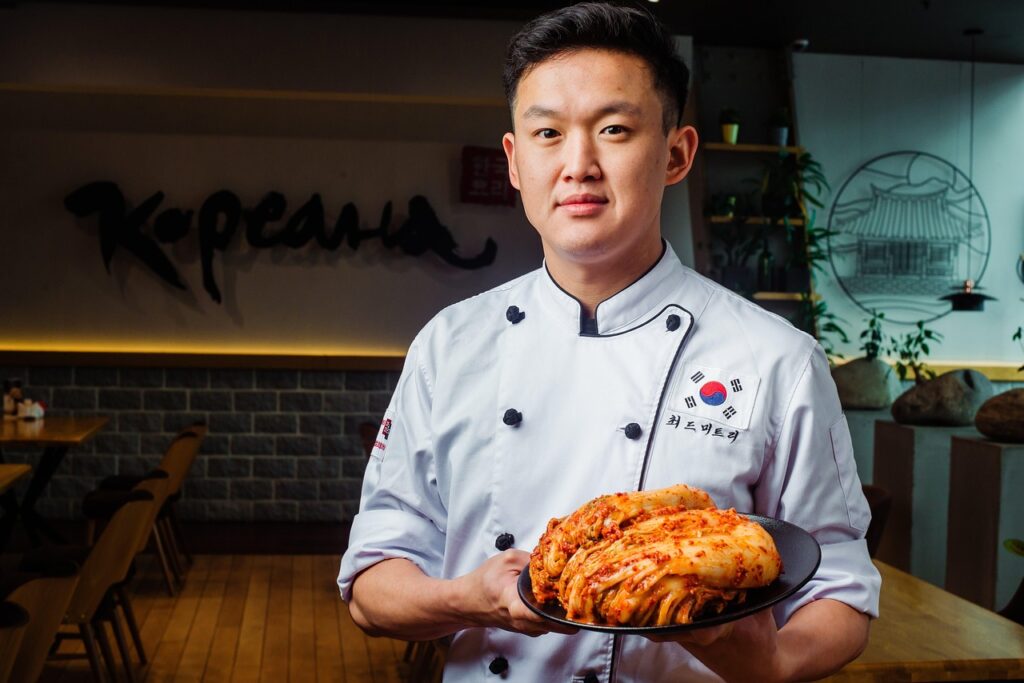
Behind every perfectly risen soufflé, every exquisitely flaky croissant, and every decadent, multi-layered cake lies a truth the average consumer rarely considers: bakers are human, and sometimes, they absolutely dread making certain pastries. While we revel in the aromas and flavors of freshly baked goods, the journey from raw ingredients to delightful treat can be fraught with challenges that even seasoned professionals find infuriating. It’s not always the idyllic, flour-dusted scene we imagine from afar; sometimes, it’s a battle of wills between baker and batter.
We’ve delved deep into the world of professional and amateur bakers, sifting through their candid confessions from anonymous online platforms, forum threads, and real-life interviews. What emerged is a compelling look at the hidden struggles and secrets behind the flour-covered counter. It turns out that while bakers are indeed “blessed with the skill and ambition needed to create all of our favorite baked goods,” there are particular items that push them to their limits. Prepare to have your perceptions of baking, and perhaps your favorite pastries, forever altered.
From the meticulous precision required for delicate decorations to the sheer physical and emotional toll of certain doughs, these confessions reveal that not all baked goods are created equal in the eyes of their creators. Here are the first five pastries, or categories of pastries, that bakers openly admit they hate prepping, and the often-surprising reasons why.
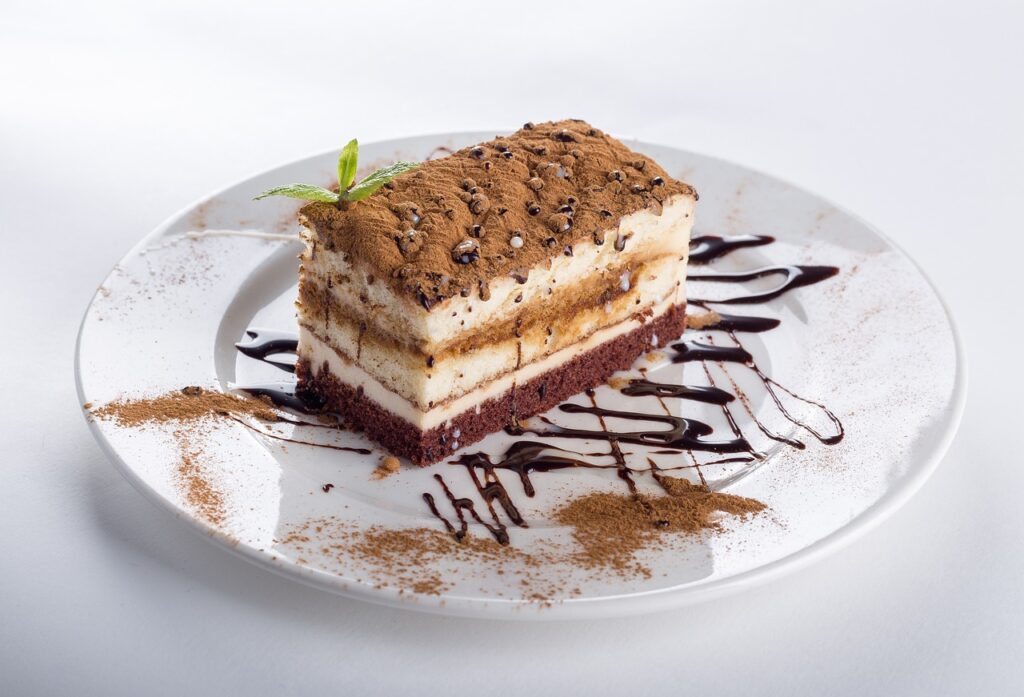
1. **Elaborate Layered Cakes: The Emotional and Technical Tangle**When you see a stunning, multi-tiered cake, perhaps for a wedding or a special birthday, you likely appreciate the artistry. What you might not see is the potential for tears, frustration, and shattered dreams in the kitchen. Bakers confess that these towering confections are often the bane of their existence, demanding not just skill, but an emotional fortitude that borders on the superhuman. The sheer number of variables, from batter consistency to oven performance, makes them a high-stakes endeavor.
One baker candidly admitted, “I have literally sat on the kitchen floor and cried over a cake. Seriously… I’m so ashamed… hanging my head here.” This isn’t just a fleeting moment of annoyance; it speaks to the deep emotional investment and pressure associated with delivering perfection, especially when a cake is the centerpiece of a significant event. The stakes are incredibly high, and the potential for a catastrophic failure looms large with every layer.
Then there’s the pervasive issue of cakes sticking to pans, a simple yet devastating problem. Another baker recounted, “I tried a new marble cake recipe and even though I greased and floured the pans, the cake stuck. I was so annoyed with how the cakes looked once I got them out of the pans that I took my fist and smashed them in to the cooling racks.” This visceral reaction highlights the infuriating reality of wasted effort and a ruined product, turning a creative pursuit into an act of destructive catharsis.
Indeed, even the most experienced bakers face these setbacks. One pastry chef shared a grueling experience making a birthday cake for a friend: “Once I made a birthday cake for a friend and ended up dipping into the wee hours of the morning. Sadly, the cake flopped. The layers came out far too wonky for my approval and I couldn’t bear the idea of providing this for someone’s birthday. I called it a night, but woke up early to make the entire cake again.” The immense time investment, coupled with the crushing disappointment of imperfection, makes elaborate layered cakes a prime candidate for a baker’s most hated prep task. The pursuit of flawlessness in such a complex creation can truly test one’s patience and dedication, often requiring a complete redo when standards aren’t met.
Ultimately, while the finished product might be a marvel to behold, the journey to create an elaborate layered cake is often paved with stress, tears, and a whole lot of extra effort. It’s a testament to bakers’ dedication that they continue to tackle these monumental tasks, knowing full well the potential for late nights and emotional breakdowns. For many, the reward of a client’s joy barely outweighs the intense pressure of the process itself, especially when a single mistake can unravel hours of work.
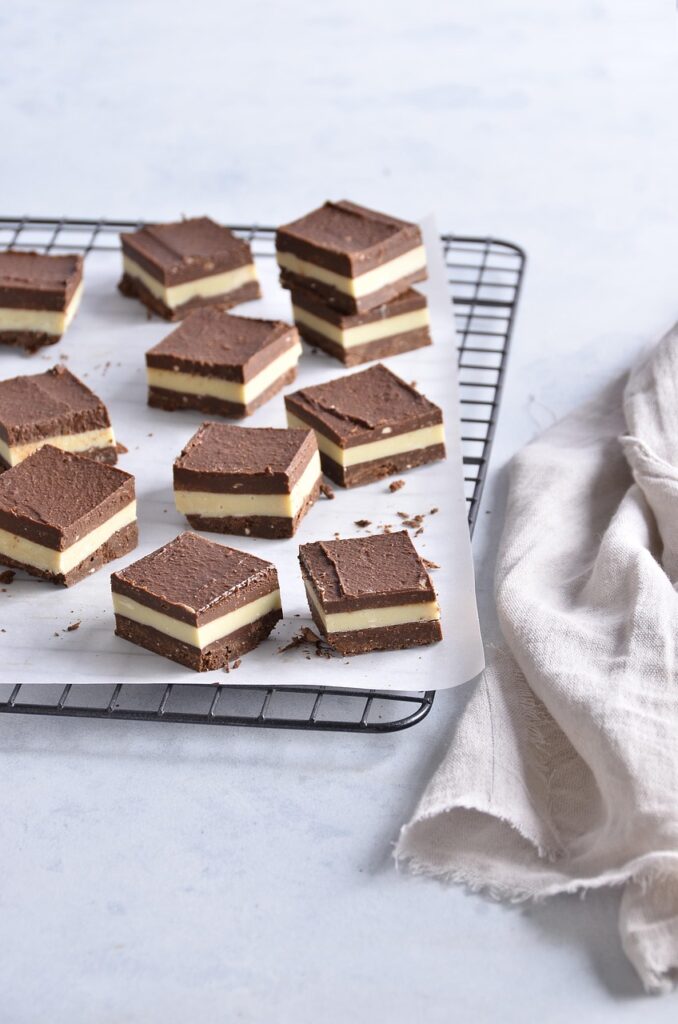
2. **Delicate Chocolate Creations: The Pervasive Mess and Meticulous Handling**Chocolate is a baker’s best friend and worst enemy. While it’s the star ingredient in countless beloved pastries, working with it, especially in delicate or intricate applications, can quickly become a messy nightmare. Its uncanny ability to spread and stain makes it a formidable foe for even the tidiest of chefs, turning a simple task into a pervasive cleaning challenge. The allure of its rich flavor is often overshadowed by the practicalities of its handling.
One baker’s confession perfectly encapsulates this struggle: “I have to be very careful with chocolate anything because if I get one drop on myself it will spread like the plague until it’s on everything!” This isn’t an exaggeration; chocolate, particularly melted or powdered, seems to possess an almost magnetic quality, adhering to surfaces and hands with stubborn persistence. This means that any pastry requiring precise chocolate work – whether tempering, dipping, or intricate decorating – immediately elevates the level of prep dread.
Imagine crafting dozens of chocolate-dipped truffles, designing delicate chocolate garnishes, or incorporating chocolate swirls into a marble cake. Each of these tasks, while visually appealing in the end, carries the inherent risk of creating a chaotic, cocoa-dusted workspace. The need for constant vigilance against drips, smears, and stray specks adds a layer of stress that takes away from the creative joy. It’s a dance of precision and paranoia, all to keep the chocolate contained.
This mess extends beyond the immediate workspace, often finding its way onto aprons, clothing, and even unexpected corners of the kitchen. Bakers are essentially engaged in a constant battle against chocolate’s omnipresence, necessitating frequent pauses for cleaning and an extra degree of care in every movement. This constant need for meticulousness, simply to avoid a bigger cleanup, can transform an enjoyable chocolate project into a taxing chore that requires relentless attention to detail.
Therefore, while the end result of a delicate chocolate creation is almost always met with delight, the journey there is often a testament to a baker’s patience and tolerance for mess. The pervasive nature of chocolate, coupled with the exacting standards of pastry presentation, makes these particular items a source of considerable prep anxiety. Bakers are constantly weighing the aesthetic appeal against the inevitable, widespread chocolate fallout.

3. **Flaky Croissants and Puff Pastry: The Demanding Schedule and Extensive Labor**The golden, buttery layers of a croissant or the delicate crispness of puff pastry are marvels of the baking world, but their creation demands an extraordinary commitment of time, physical effort, and an early start. These laminated doughs are a testament to patience and precision, involving numerous folds, chills, and delicate handling that can stretch across hours, or even days. It’s a labor of love that often feels more like a marathon than a sprint.
One telling confession from a baker highlights the demanding nature of these items: “The Early Bird Gets the Best Croissants: Want the freshest pastries? You better believe we’re up before the crack of dawn, wielding our rolling pins like medieval knights.” This statement is not just about serving freshness; it reveals the grueling schedule required to produce these goods. The extensive process of laminating dough – incorporating butter into layers of dough through repeated rolling and folding – simply cannot be rushed, necessitating those pre-dawn starts.
The physical aspect of working with large quantities of dough is also a significant factor. While professional kitchens often have mixers, the artisan touch still requires considerable manual effort. As one baker described, “The Mixer is Our Therapist: Kneading dough isn’t just about making bread — it’s our stress-relief ritual. Some people do yoga; we beat dough.” This sentiment, while positive, underscores the sheer physical exertion involved in developing gluten and creating the perfect texture, particularly for a robust, layered dough.
Beyond the early hours and physical strain, there’s the inherent messiness that comes with extensive dough work. Bakers often joke, “We Have Dough in Strange Places: Finding a bit of flour in your pastry? That’s nothing. Try discovering dough in your hair, socks, and even your ears.” This pervasive flour and dough residue is an unavoidable consequence of preparing laminated pastries, where dough is constantly being manipulated, floured, and re-floured. It’s a badge of honor, perhaps, but also a constant cleanup battle that makes the prep feel endless.
Ultimately, while the light, airy texture and rich buttery flavor of croissants and puff pastry are highly prized, the demanding preparation process makes them a frequent contender for a baker’s least favorite task. The combination of early mornings, strenuous physical labor, meticulous technique, and an unavoidable mess adds up to a formidable challenge that many bakers would happily delegate if they could. It’s a true test of dedication to the craft, for a pastry that is as demanding as it is delicious.

4. **Fickle Pie Doughs: The Battle Against Fear and Gluten**Making pie dough sounds simple enough: flour, fat, water. Yet, achieving that perfect tender, flaky crust is a culinary tightrope walk that strikes fear into the hearts of many bakers, professional and amateur alike. The science behind gluten formation and the psychological pressure of handling a delicate dough combine to make pie crusts particularly “fickle” and a source of considerable prep anxiety. It’s a process where the dough, metaphorically speaking, “can sense fear.”
One individual, confessing a lifelong “fear of math and pastry,” noted that while they conquered math, pastry was “a different story. There was never a fear in the eating of it. But there was most certainly fear in the making of it.” This admission speaks volumes about the intimidating reputation of pie dough. It’s not just a technical challenge; it’s a mental one, where self-doubt can actively work against the desired outcome. The vulnerability a baker feels before a batch of dough is palpable.
Scientific insight confirms the sensitivity of pie dough: “Gluten develops when two wheat proteins in flour, glutenin and gliadin, are mixed with water. Because parts of these proteins do not like to interact with water, the proteins begin to stick to each other… As a flour-water dough is mixed, the glutenin and gliadin molecules interact to form an extensive elastic network.” The goal for a flaky pie crust is often to *restrict* this gluten formation, which is why techniques like adding alcohol are used: “Adding alcohol to your dough restricts gluten formation so that the wheat proteins can’t stick to each other and form those springy networks mentioned above. According to science, this makes for a more tender and flaky pie crust.” This delicate balance between mixing enough to combine ingredients but not too much to overdevelop gluten is a fine art.
Then comes the rolling, a step that often separates the confident from the cowering. As stated in *The Joy of Cooking*’s guidelines for rolling pastry dough, “You must approach the pastry dough with confidence… pie dough can sense fear.” This playful yet profound advice underscores the need for a decisive hand and a calm demeanor. Hesitation can lead to sticking, tearing, or uneven thickness, all of which compromise the final crust. The physical act of rolling, especially for a large or intricate pie, becomes a test of willpower and belief in one’s abilities.
Even when the science is understood and the technique is practiced, the sheer variability of ingredients and environment can make pie dough an unpredictable beast. The temperature of the butter, the coldness of the water, and even the humidity in the air can all influence the outcome. This lack of absolute control, coupled with the pressure to produce a perfectly flaky and tender crust, cements fickle pie doughs as a major source of baker frustration and a strong contender for a pastry they hate prepping. It’s a challenge that demands both scientific understanding and an almost intuitive connection to the dough.
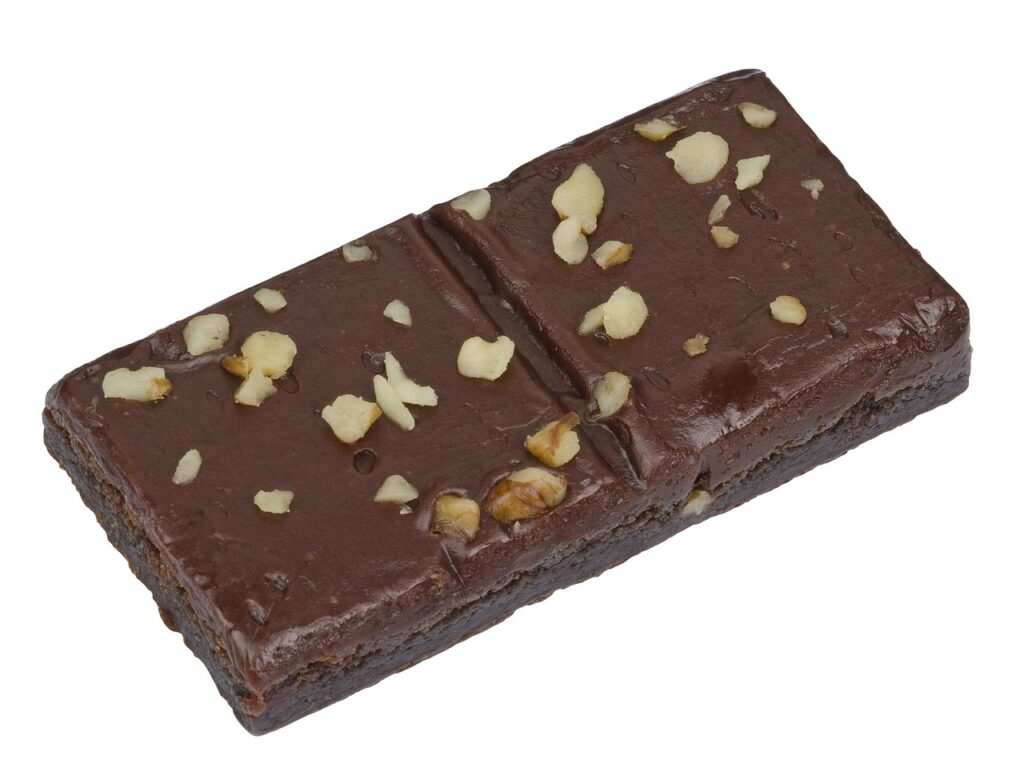
5. **“From Scratch” Brownies: The Effort vs. Reward Dilemma**Brownies are a classic, beloved treat, often associated with comforting home baking. Yet, for many bakers, the prospect of making them entirely from scratch can evoke a sigh of resignation rather than enthusiasm. The core issue isn’t complexity, but rather the perceived minimal improvement over a much simpler alternative: the boxed mix. This creates a unique dilemma where the effort feels disproportionate to the outcome, making scratch brownies a pastry many bakers simply hate to prep.
Joey, one of the masterminds behind *So Yummy*’s videos, directly confronted this unspoken truth: “There’s no shame in making boxed brownie mix. Seriously. Would I prefer to make it myself? Of course. Would it be better tasting and better for you? Well, not by much, honestly. I’ve even spoken to chefs who’ve exclaimed there’s not much use in making brownies from scratch.” This confession is incredibly revelatory, coming from a professional who could easily advocate for scratch baking.
The implication is clear: the incremental gain in taste or texture from a scratch-made brownie often isn’t significant enough to justify the additional steps, ingredients, and cleanup compared to a high-quality boxed mix. For a baker, whose time and resources are often stretched thin, choosing the most efficient path without compromising too much on quality is a practical necessity. When the difference is negligible, why invest more effort?
This isn’t to say that scratch brownies are inherently bad or that no baker enjoys making them. Rather, it highlights a pragmatic perspective within the baking community. When faced with a long list of tasks, dedicating extra time to an item that has an equally satisfying, simpler counterpart can feel like an inefficient use of valuable resources. It’s a calculation of cost, time, and perceived value that leads many to lean on the convenience of a mix.
Ultimately, the “hate” for prepping brownies from scratch stems from this efficiency paradox. When a boxed mix can yield a product that is “not by much, honestly” different in taste and quality from a homemade version, the motivation to go through the entire process diminishes significantly. It becomes a task where the baker feels their expert skills are not fully utilized or appreciated, making it a mundane, rather than creatively fulfilling, endeavor. It’s a classic example of working smarter, not harder, even if it means admitting a preference for a pre-packaged solution.
6. **The Overlooked Art of Sifting: A Shortcut Too Far?**The act of sifting flour, cocoa, or powdered sugar is often presented as a fundamental, almost sacred, step in many baking recipes. It’s meant to aerate dry ingredients, ensuring a lighter texture, and to remove any lumps, guaranteeing a smooth, uniform batter. For the aspiring home baker, skipping this step might seem like a minor rebellion, but for professionals, it’s a confession that might raise an eyebrow or two – or three.
Yet, surprisingly, some bakers admit to routinely bypassing this seemingly crucial step. “My main one is that I rarely do not sift flour, cocoa, or powdered sugar,” one baker, bakingqueenz, revealed on Reddit, adding a candid twist: “Also I don’t always measure, do a bit by eye, just not baking soda/powder! Learned that lesson.” Another, Katchkajr, simply stated, “Never sift, and seldom use a separate bowl for dry ingredients.” This isn’t just a rare occurrence; it’s a practiced habit for some, challenging the very notion of baking orthodoxy.
This confession reveals a pragmatic truth from behind the counter: sifting is often viewed as an extra, time-consuming step that, in many cases, bakers feel provides minimal return for the effort. While precision for leavening agents like baking soda and powder remains non-negotiable, the rigorous sifting of other dry ingredients might be deemed unnecessary in a fast-paced environment where efficiency is key. It highlights a calculated risk taken by experienced hands, relying on intuition and the quality of their ingredients to compensate.
For those without years of flour-dusted intuition, however, bypassing this step often leads to unpleasantly dense cakes or grainy frostings. While seasoned bakers might master this shortcut, the average enthusiast risks a less-than-perfect product, underscoring that some minor details make a significant difference if you lack a baker’s sixth sense for consistency.
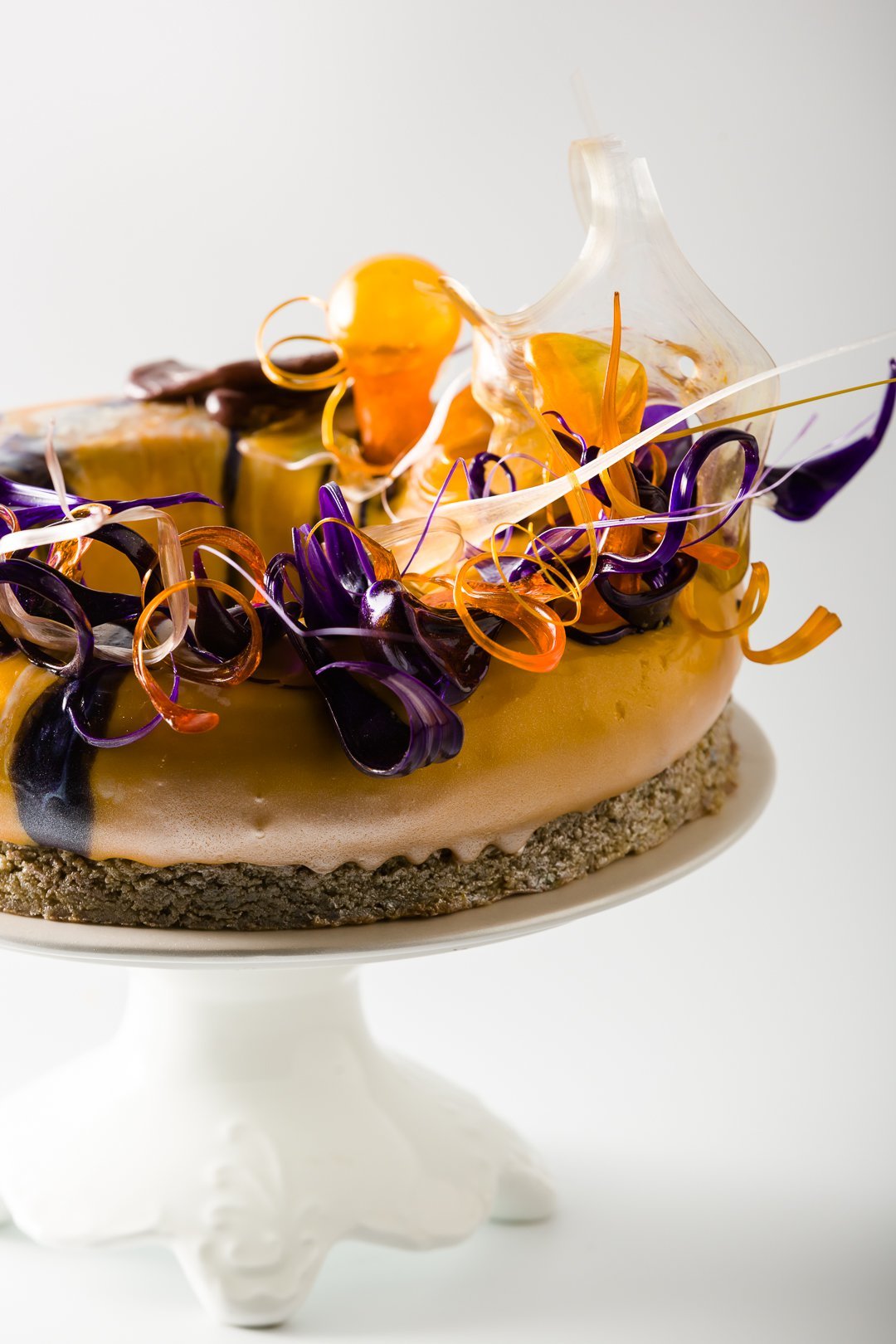
7. **Isomalt Innovations: Pretty but Perilous?**In the realm of high-end pastry, isomalt decorations stand as dazzling testaments to a baker’s artistry. From spun sugar sculptures to intricate edible jewels, isomalt, a sugar substitute, allows for breathtakingly delicate and visually stunning creations that elevate a simple cake into a work of edible art. Its ability to be molded, pulled, and shaped into intricate forms makes it a favorite for show-stopping centerpieces and custom orders that demand a touch of magic.
However, working with isomalt isn’t all sparkle and glamor; it’s often a hot, sticky, and surprisingly perilous endeavor. One baker, costumeczar, candidly confessed to a series of less-than-by-the-book habits, including: “I crack eggs straight into the moving mixer, I eat raw cake batter, and I don’t wear gloves for protection when I do isomalt. I’m not a good example for the children. “ The lack of glove use when handling isomalt, which is worked at extremely high temperatures, points to the specialized and often uncomfortable nature of this particular task.
This specific admission highlights why isomalt work can be a source of prep dread. It demands extreme care to avoid severe burns, as the molten sugar substitute can reach temperatures far exceeding boiling water. The intricate pulling and shaping processes require focused attention, steady hands, and often a tolerance for heat that pushes the limits of comfort. It’s not a task for the faint of heart or the easily distracted, transforming what looks like a delicate art into a physically demanding and potentially hazardous operation.
Beyond safety, isomalt is notoriously sensitive to humidity. A sudden environmental shift can turn a clear decoration into a sticky, cloudy mess, ruining hours of meticulous work. This combination of precision, personal risk, and environmental vulnerability makes crafting isomalt decorations one of the most specialized and exasperating demands on a baker’s skill set.

8. **The Custom Order Conundrum: Exotic Ingredients and Unmet Expectations**There’s a certain thrill in taking on a custom order, especially one that pushes creative boundaries. Clients dream of unique flavors, bespoke designs, and a truly unforgettable centerpiece for their special occasion. While these opportunities allow bakers to showcase their talent, they also frequently come with a hidden layer of complexity and frustration, especially when “exotic ingredients” enter the picture.
The challenge often begins with sourcing. When a recipe or client request calls for an ingredient that is rare, seasonal, or comes with a hefty price tag, bakers face a dilemma. As sage advice for home bakers suggests, “If a recipe calls for something that is so exotic or so costly that you’ll need to apply for a loan before you can buy it, consider baking something else.” For a professional, however, “baking something else” isn’t always an option. They must embark on a quest for these specialty items, adding significant time and cost to the prep, often with slim margins for error or profit.
Beyond the procurement, there’s the inherent unpredictability of working with unfamiliar or premium ingredients. Exotic spices might behave differently in a new recipe, specialized flours could alter texture unexpectedly, and costly fruits might have a short shelf life, increasing the pressure to get it right on the first attempt. This constant adaptation, combined with the high expectations of a client who envisioned a specific, often elaborate, outcome, transforms creative freedom into a tightrope walk of technical prowess and ingredient management.
Ultimately, the ‘hate’ for custom orders stems not from the ingredients, but the immense pressure and complexity they introduce. Creative joy can be overshadowed by logistical nightmares, financial risks, and the responsibility of translating a vague client vision into a flawless, edible reality, especially with unfamiliar components. It’s a true test of a baker’s resourcefulness and patience, far beyond simple mixing and baking.
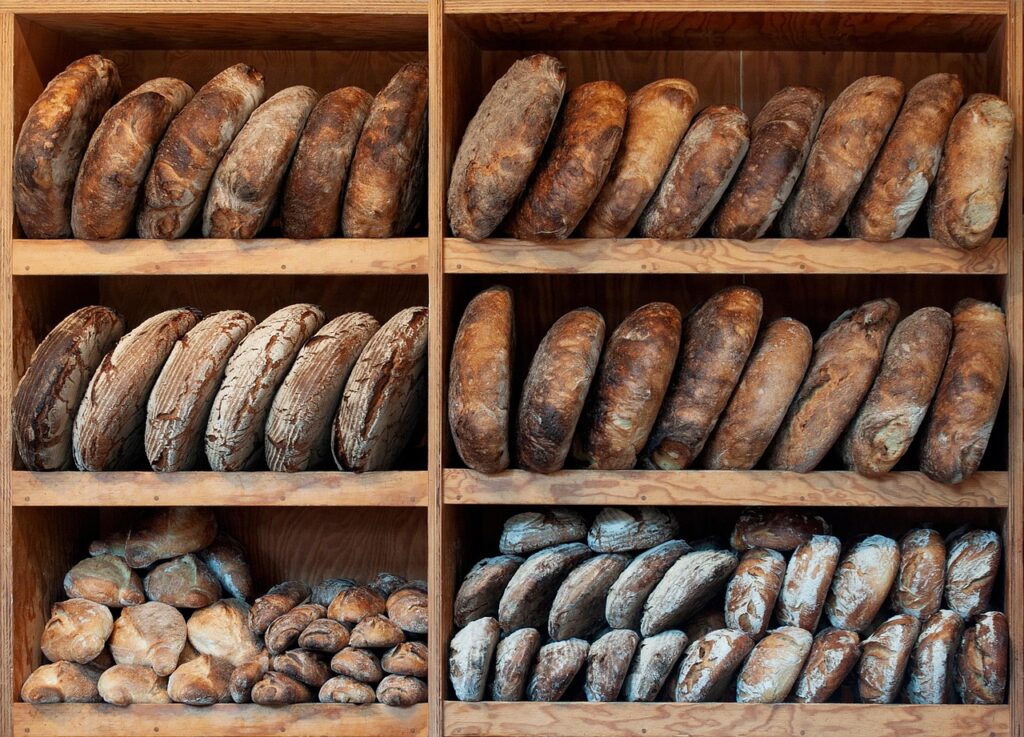
9. **Battling the Beast: The Inconsistent Oven**For any baker, the oven is the heart of their operation. It’s the magical chamber where raw ingredients transform into golden, aromatic delights. Yet, for many, this indispensable tool is less a reliable workhorse and more a temperamental beast with a mind of its own. An inconsistent oven can single-handedly sabotage hours of meticulous prep work, turning perfectly crafted dough into a culinary tragedy.
The veteran baker knows this struggle intimately. One piece of practical advice highlights the solution while emphasizing the problem: “Develop a relationship with your oven. This is accomplished the same way you might develop any successful relationship: Spend time together! In other words, use your oven.” This isn’t just about getting acquainted; it’s about understanding its quirks. Does it have hot spots? Is the bottom rack significantly hotter than the top? Without this intimate knowledge, a baker risks burning one side of a cake while leaving the other underbaked.
The context further illuminates this critical issue, recommending, “It’s also a good idea to hang a separate oven thermometer inside your oven to see if the temperature on the oven dial matches the temperature inside the oven.” This simple, actionable tip reveals a pervasive problem: oven dials often lie. A 350-degree setting might actually be 325 or 375, leading to inconsistent results that defy the most perfect recipe. The article’s author even confessed to having a home oven “with a mind of its own when it came to holding a consistent temperature,” echoing the universal frustration.
Why such resentment? Because inconsistency undermines baking’s very science. Precise temperature control is paramount, but when the core instrument is unreliable, every batch becomes a gamble. It adds anxiety to an already demanding craft, forcing bakers to constantly monitor, rotate, and adjust, becoming an ‘oven whisperer’ just for a consistent bake. This battle against an unpredictable oven is a constant stress, turning a joyous craft into an anxious vigil.
10. **The Unseen Aftermath: The Pervasive Mess**When you envision a bakery, you might picture pristine counters, gleaming equipment, and a general air of calm, creative order. The reality, however, for any baker, professional or amateur, is often far messier. The pervasive mess, the constant coating of flour, the sticky residue, and the unexpected splatters, isn’t just an occasional inconvenience; it’s an intrinsic, defining feature of a baker’s daily existence. It’s the constant, unavoidable aftermath that makes cleanup a significant, often dreaded, part of prep.
Bakers themselves are the first to admit it. They joke about finding “dough in strange places.” “Finding a bit of flour in your pastry? That’s nothing. Try discovering dough in your hair, socks, and even your ears,” one professional jested. This vivid description paints a picture of a workspace where ingredients have an uncanny ability to migrate everywhere, clinging to clothing, skin, and every conceivable surface. It’s a testament to the sheer physicality and tactile nature of baking, where ingredients are kneaded, rolled, and tossed with vigor.
The emotional toll of this mess can be just as significant as the physical one. After the frustration of a failed bake, the cleanup often feels like adding insult to injury. One baker recounted smashing a stuck cake and then realizing “what a mess it was to clean up, cake bits everywhere, and that I had to bake new cakes!” This captures the double whammy of a ruined product followed by the laborious task of scrubbing down a kitchen now littered with sticky debris. It’s a thankless job that extends the “prep” far beyond the creation itself.
And perhaps most shockingly, this pervasive mess sometimes extends to the very hygiene of the baker. In a truly “revelatory” confession, one insight from behind the counter stated, “We’re Not Always Hygienic: Ever licked your fingers after eating a pastry? You might have just ingested a bit of our sweat and tears. Bon appétit!” While meant with a touch of dark humor, it underscores the intense, often hot, and inevitably messy environment in which bakers operate. It’s a gritty truth that shatters any illusion of sterile perfection.
Ultimately, the ubiquitous mess is a baker’s daily shadow, adding a significant layer of labor and frustration. It’s not the exciting, creative, or even delicious part; it’s the inescapable, relentless clean-up that defines “pervasive mess” as a truly hated aspect of pastry prep. For bakers, creation is inextricably linked to scrubbing.
Read more about: Aubrey Plaza’s Profound Grief: Unraveling the Tragic Loss of Husband Jeff Baena and Her Healing Journey
So, the next time you bite into a perfect pastry—be it a delicate croissant, a towering cake, or a humble brownie—take a moment to appreciate the journey it took. Behind the sweet facade lies a world of unseen challenges, from the precise dance with a temperamental oven to the battle against pervasive flour and the meticulous demands of specialized decorations. Bakers, whether working with heirloom recipes or store-bought mixes, pour not just ingredients but immense effort, patience, and sometimes, even tears, into their creations. These confessions aren’t meant to diminish your love for baked goods, but rather to deepen your appreciation for the dedicated hands that bring them to life, messy kitchen and all. They remind us that true passion often thrives amidst the struggle, and that even professionals have their secret baking battles.

